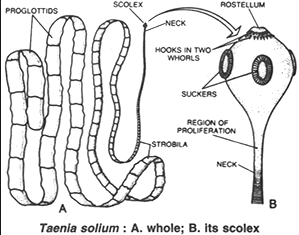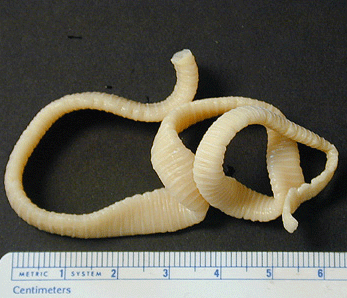Gyrodactylus elegans lives in the gills of European Carp. Each adult G. elegans eventually gives birth to a single live young. This young animal contains within it, in embryonic form, another young animal, which in turn contains another even smaller embryo which in turn contains yet another embryo. As they grow each one of these animals gives birth to the embryo within it.
Polystoma intergerrimum is a parasite of frogs. This species times its reproductive cycle to be in harmony with the frog's reproductive cycle. Thus the larval parasites live on the gills of the tadpoles. When the frog goes through its metamorphosis and leaves the water the parasite also changes. It leaves the tadpole's gills and migrates through its digestive tract to the frog's cloaca, from there it moves to the frog's bladder. Here in a safe and still enjoyably moist environment it reaches maturity. When the frog returns to the water to breed the parasite breeds as well, starting the cycle off all over again.











